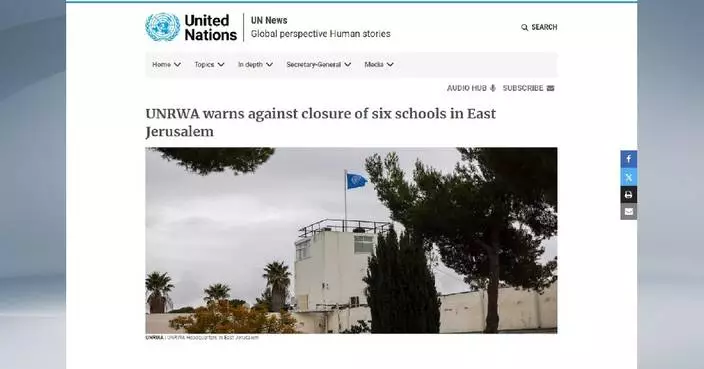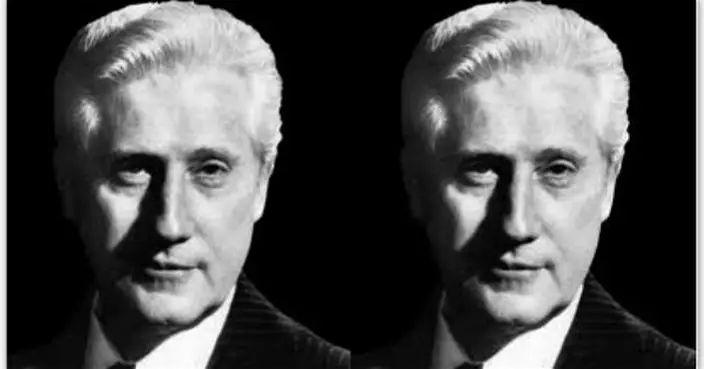China Energy's 3 Million Kilowatt Photovoltaic Base, located in Ordos, north China's Inner Mongolia, was successfully connected to the grid on Tuesday, marking the commencement of operation for China's largest solar power facility built on a coal mining subsidence zone.
With a total installed capacity of 3 million kilowatts, the project involved the installation of approximately 5.9 million photovoltaic panels, spanning over 70 million square meters, an area equivalent to 10,000 standard football fields.
This ambitious project has contributed to China's efforts to rehabilitate degraded land and is also a key part of the country's broader energy strategy, contributing to the west-to-east power transmission system that aims to transport electricity from the western regions to the eastern, industrialized parts of the country.
"The project generates 5.7 billion kilowatt-hours of electricity annually, enough to power 2 million households for a year. It saves 1.71 million tons of standard coal and reduces carbon dioxide emissions by approximately 4.7 million tons annually," said Dong Weidong, head of the China Energy Inner Mongolia Company.
Yang Yingxin, governor of Otog Front Banner, Inner Mongolia, expressed pride in the construction team's efficiency.
"The construction team completed the 20-month photovoltaic project in just 14 months, achieving full-capacity grid connection. The electricity generated is transmitted through a 1,238-kilometer transmission line, delivering clean energy to Linyi, Shandong. The Blue Ocean Photovoltaic Power Station has also become the largest single-grid-connected new energy project in Inner Mongolia," Yang said.

China starts operation of solar plant built on subsided coal mine
China's first domestically-built cruise ship, Adora Magic City, has gained traction among consumers with a new vacation experience since its sail last year, while stimulating spending across various sectors from tourism and hospitality to retail and entertainment.
With 323.6 meters in length and 2,125 rooms, the cruise ship can accommodate up to 5,246 passengers at full capacity. The ship also boasts 26 restaurants and bars, offering diverse culinary options from Chinese dishes to Western steaks, Italian pizza, and German beer.
"We drove here from Hangzhou, directly to the dock in Shanghai and boarded the cruise. This one is relatively new, and its dining options are more suited to Chinese tastes," said a tourist.
"We've brought parents and children along with us on this journey. Cruises are very convenient since meals and accommodations are all included, making it hassle-free," said another tourist.
The cruise ship also offers a variety of leisure options, including theatrical performances, a shopping plaza, an art gallery, and a water park, making it a destination for entertainment and family-friendly fun.
The cruise ship started its commercial maiden voyage on Jan 1, 2024. Since then, it has driven consumption, fostered the cruise economy's ecosystem development, and boosted collaboration within the industry.
"Data from the first quarter of this year shows that the cruise tourism market is still prosperous. We are seeing high occupancy rates. Our industry system is gradually taking shape, encompassing independent design, construction, supply, and operation. Particularly, on the operational side, we have achieved a nearly 100-percent local procurement," said Gu Pengcheng, vice president of Adora Cruise.
The cruise ship also drew more overseas tourists, bringing them to explore Shanghai's iconic landmarks, such as the Yuyuan Garden and the Bund.
In the first quarter of 2025, data showed that Shanghai's border and inspection station inspected more than 180 cruises and 510,000 passengers.

China's first domestically-built cruise ship becomes consumer favorite




















































